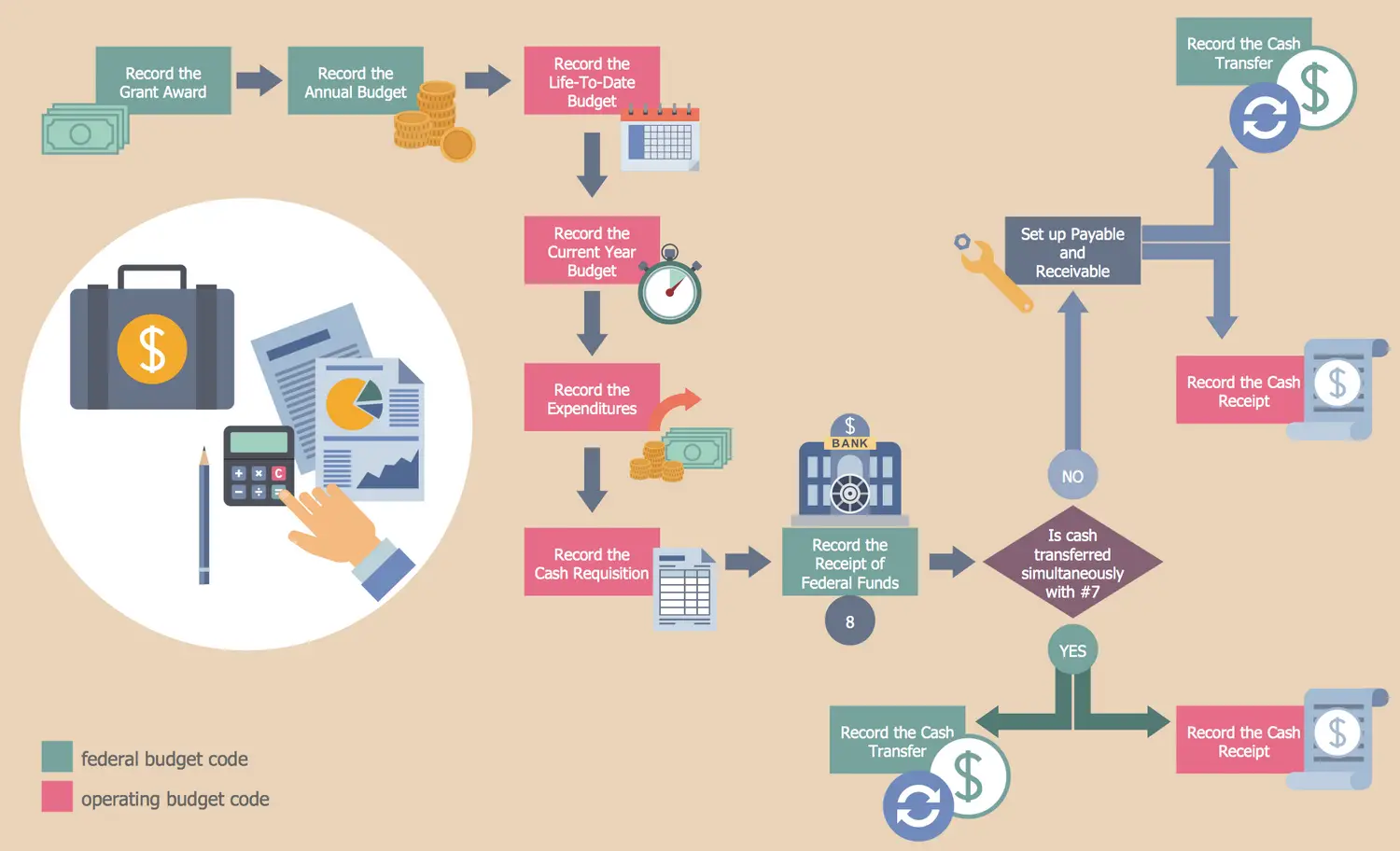
The Ultimate Workflow Automation FAQ: Streamlining Your Business Processes
“`html
The Ultimate Workflow Automation FAQ: Streamlining Your Business Processes
Estimated reading time: 10 minutes
Key Takeaways
-
- Workflow automation **enhances efficiency** by minimizing **repetitive tasks**.
-
- It **reduces errors** and **increases accuracy**, leading to better outcomes.
-
- Automation fosters **improved team collaboration** and alignment.
-
- A strategic approach is essential for **successful implementation**.
-
- Common challenges include **employee resistance** and **integration difficulties**.
- Continuous monitoring and robust support are crucial for maintaining **automation effectiveness**.
Table of contents
Workflow automation is revolutionizing how businesses operate, streamlining repetitive processes and transforming operations. This blog post serves as a comprehensive workflow automation FAQ to address the most common queries. We aim to help you understand key concepts, tackle challenges, and master troubleshooting, providing value every step of the way.
What is Workflow Automation?
Understanding Workflow Automation
Workflow automation involves using software to automate routine, rules-based tasks. This ensures processes are completed consistently and efficiently. By eliminating manual interventions, workflow automation reduces errors, increases accuracy, and fosters enhanced team collaboration.
-
- Efficiency Gains: Automation significantly reduces the time taken to complete repetitive tasks, allowing teams to focus on strategic activities.
-
- Error Reduction: With automation, tasks follow predefined rules without deviation, minimizing human error.
- Collaboration Boost: Automated workflows facilitate seamless collaboration by ensuring everyone is aligned on roles and tasks.
Explore the efficiency and collaboration benefits in detail: Source: Atlassian, Source: Redwood.
How to Implement Workflow Automation
Step-by-Step Guide
Implementing workflow automation requires a strategic approach. Here’s a detailed guide:
-
- Identify Suitable Processes: Start by pinpointing repetitive and manual tasks ripe for automation.
-
- Map Current Workflows: Thoroughly chart out each process, identifying every step and stakeholder involved.
-
- Select Appropriate Tools: Choose workflow automation tools tailored to your business needs.
-
- Set Clear Automation Rules: Define parameters such as triggers and conditions for task execution.
-
- Test with a Pilot Group: Implement the automation with a small group to validate functionality.
- Deploy Organization-wide: Roll out across the team, gather feedback, and refine as necessary.
Best Practices
-
- Stakeholder Involvement: Engage key personnel early to ensure alignment and buy-in.
-
- Documentation: Maintain thorough documentation of processes to aid future troubleshooting.
- Start Small & Scale: Begin with simple workflows and expand gradually as familiarity and confidence grow.
Assess potential ROI and readiness for automation: Source: TechTarget.
Common Challenges in Workflow Automation
Identifying and Overcoming Challenges
While automation presents clear benefits, it also introduces potential challenges. Here are some common hurdles:
-
- Employee Resistance: Fear of change can lead to pushback. Overcoming this requires clear communication and education about benefits.
-
- Integration Difficulties: Ensuring new automation tools work seamlessly with existing systems can be complex.
-
- Unclear Processes: Poorly defined tasks can result in ineffective automation.
- Lack of Training: Without proper training and support, employees may struggle to adapt to new systems.
Most issues stem from inadequate planning and miscommunication. Dive deeper into common challenges: Source: Atlassian, Source: Redwood, Source: TechTarget.
Troubleshooting Automation Issues
Common Issues and Solutions
Once automation is in place, several issues might arise. Here are typical problems and how to address them:
-
- Task Failures: Changes in data structures or system updates can disrupt automation. Regular audits and updates can prevent this.
-
- Workflow Bottlenecks: Incorrect configuration might slow processes. Regular testing and refinement help alleviate this issue.
-
- Notification Failures: Alerts not triggering as required can undermine system effectiveness. Check automation parameters regularly.
- Data Discrepancies: Inconsistent reports or outputs may result from outdated documentation or incorrect scripts.
Remedies
-
- Regular Audits: Frequently review workflows for efficiency and accuracy.
-
- Documentation Updates: Ensure documentation reflects current practices to support troubleshooting.
- Feedback Channels: Provide transparent channels for users to report issues and get assistance.
Emphasize the importance of continuous monitoring: Source: Atlassian.
Support for Workflow Automation Solutions
Types of Support
Having robust support mechanisms in place is crucial for successful automation. Here’s how support can help:
-
- Vendor Helpdesks: Quick access to expert advice for tool-specific queries.
-
- Online Documentation: Comprehensive resources for troubleshooting and ongoing learning.
-
- Customer Success Managers: Dedicated support personnel to guide implementation and optimization.
- Community Forums: User groups for sharing experiences and solutions.
Support channels expedite issue resolution and enhance efficiency: Source: Zendesk.
Frequently Asked Questions
Workflow Automation FAQ
-
- What Tasks Can Be Automated?
Repetitive, rule-based processes such as data entry, approvals, notifications, and task assignments are ideal candidates for automation.
- What Tasks Can Be Automated?
-
- Will Automation Replace Jobs?
Automation typically shifts roles to focus on higher-value tasks rather than job elimination, encouraging professional growth and operational efficiency.
- Will Automation Replace Jobs?
-
- How Secure Are Workflow Automation Tools?
Security varies by vendor, but most reputable solutions adhere to strict security protocols.
- How Secure Are Workflow Automation Tools?
- How to Calculate ROI?
Measure time saved, error reduction, process speed, customer satisfaction, and cost savings as key ROI indicators.
Discover more about automation’s role in improving efficiency and shifting job roles: Source: Atlassian, Source: Zendesk.
Conclusion
Workflow automation offers a powerful means to streamline operations, reduce errors, and enhance scalability. By addressing common FAQs and challenges, and securing robust support, organizations can ensure the successful integration of automation. It’s beneficial to regularly revisit this workflow automation FAQ to keep processes optimized and to explore professional guidance when needed.
Additional Resources
For further exploration and mastery of workflow automation, consider these resources:
-
- Guides on Workflow Mapping: Delve into advanced techniques and strategies.
-
- Vendor Support Portals: Access comprehensive assistance and best practices.
- Tool Comparisons and Demos: Find the best fit for your business needs.
Continuously consult these resources to deepen your understanding and enhance your organization’s automation efforts.
“`}